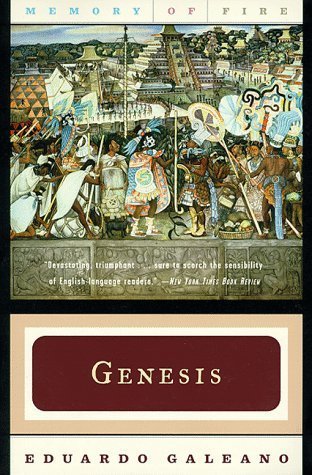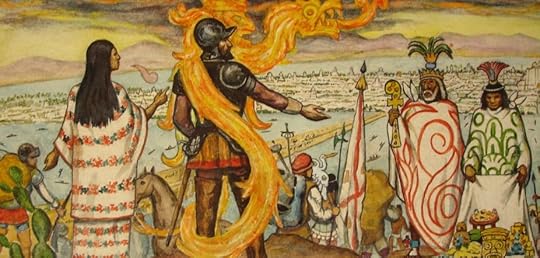What do you think?
Rate this book


336 pages, Paperback
First published January 1, 1982


Three years ago Governor William Berkeley could proudly remark: I thank God, there are no free schools nor printing, and I hope we shall not have either for a hundred years; for learning has brought disobedience and heresy, and sects into the world, and printing has divulged them.I got that from this book, a prime target for trigger-happy literature banners the world over, complete with index and 227 cited works and two sequels. Save yourselves a fuckton in tuition for those socioeconomically indoctrinated and white-washed history classes, and pick this up instead. Vollmann's got his merits, but privilege has its limits.
-Yorktown, Virginia, 1674
The poets talk and doubt:When you refuse to talk about the violence, you refuse to talk about the peace. When you refuse to glance over to another side of the globe for fear of stories that are not so cultured, not so ordered, not so supportive of our aspirations towards civilization today, it is a void, and nonentity is worse than pain. Rape and murder, extortion and enslavement, the narrative of conqueror and conquered existed long before Europe drew up the maps proclaiming itself on top and to the right and used them to set sail for the left; the issue here is not of crime and punishment, but everlasting annihilation.
Can it be that men are real
Will our song
Still be real tomorrow?
The voices follow one another. When night falls, the king of Huexotzingo thanks them and says good-bye:
We know something that is real
The hearts of our friends.
-Huexotzingo, 1493
While his soldiers, maddened by hunger, ate each other, the captain read Virgil and Erasmus and made pronouncements for immortality.How many of your beloved founders owned slaves? How many of your adored thinkers viewed women as cattle? How many of those vaulted names survived due to blood money inheritance and physical type prowess? How much of you is the indelible right of lucky rapists and fattened vampires, and what are you willing to do about it.
-Bueonos Aires, 1580
But here utopia has returned to America, where it originated. Thomas More’s chimera has been incarnated in the small communal world of Michoacán; and in times to come the Indians here will remember Vasco de Quiroga as their own—the dreamer who riveted his eyes on a hallucination to see beyond the time of infamy.
-Michoacán, 1560
In the twelve books of the General History of New Spain, Sahagún and his young assistants have saved and assembled ancient voices, the fiestas of the Indians, their rites, their gods, their way of counting the passage of years and stars, their myths, their poems, their medicines, their tales of remote ages and the recent European invasion…History sings in this first great work of American anthropology.Facts, thoughts, argument, acquired through books like these in the form of Three Guineas, The Wretched of the Earth, Ain’t I a Woman: Black Women and Feminism, and many more to come in forms long invalidated by accredited texts, traditional values, and common sense. The latter come to me with blood on their hands and money in their pockets, asking only that I submit.
Six years ago King Philip II had those manuscripts and all the native codices copied and translated by Sahagún seized so that no original or translation of them should remain.
-Tlatelolco, 1583
Palmeres no longer breathes. This broad space of liberty opened up in colonial America has lasted for a century and resisted more than forty invasions. The wind has blown away the ashes of the black bastions of Macacos and Subupira, Dambrabanga and Obenga, Tabocas and Arotirene. For the conquerors, the Palmares century whittles down to the instant when the dagger polished off Zumbí. Yet what does the wakeful know compared with what the dreamer knows?I prefer to dream.
-Serra Dois Irmãos, 1695

I am not a historian. I am a writer who would like to contribute to the rescue of the kidnapped memory of all America, but above all of Latin America, that despised and beloved land: I would like to talk to her, share her secrets, ask her of what difficult clays she was born, from what acts of love and violation she comes.
I don't know to what literary form this voice of voices belongs. Memory of Fire is not an anthology, clearly not; but I don't know if it is a novel or essay or epic poem or testament or chronicle or … Deciding robs me of no sleep…
I did not want to write an objective work – neither wanted to nor could. There is nothing neutral about this historical narration. Unable to distance myself, I take sides. I confess it and am not sorry. However, each fragment of this huge mosaic is based on a solid documentary foundation. What is told here has happened, although I tell it in my style and manner.

